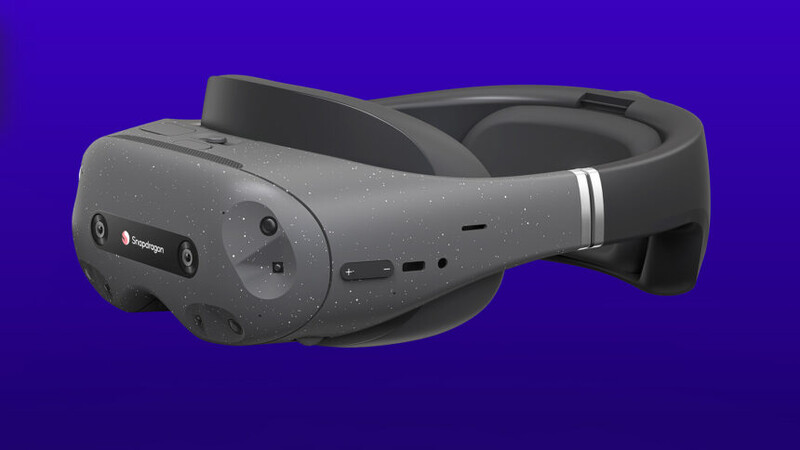We know you’ve heard this before, but this could be the year VR actually hits the mainstream.
What happened: Qualcomm introduced the Snapdragon XR2+ Gen 2, a set of chips tailor-made for manufacturers building mixed reality headsets. They’re heavily focused on performance, offering 4.3K resolution per eye at 90 frames per second, as well as higher GPU and AI performance.
- Samsung, Google, and HTC are among those that have already signed on to use the chips in their devices.
Catch-up: “Mixed reality” has been an umbrella term for virtual and augmented reality, but is being used these days more specifically for headsets that put digital overlays onto the real world, in addition to typical VR experiences, like games and movies.
Why it matters: The mixed reality market is heating up again, and Qualcomm’s chips could give others the computing power they need to compete against new flagship devices. The big player is Apple’s Vision Pro, which is expected by the end of February, but Meta also released its Quest 3 headset in the fall.
-
Meta hasn’t released Quest 3 sales figures, but the fact that related apps shot up in popularity in the days after Christmas suggests they had a good holiday season.
- The Vision Pro has been praised by reviewers who’ve gotten an early look, with some describing it as an “iPhone moment” for mixed reality.
Yes, but: VR and AR haven’t become more than fun novelties because few people want to use a headset for things they can do on a phone, computer, or TV. More competition means a better chance of coming up with something that’ll convince people to buy, but it will take something really cool to justify the hefty price tag (US$3,499 for the Vision Pro) of devices running on the latest and greatest chips.
